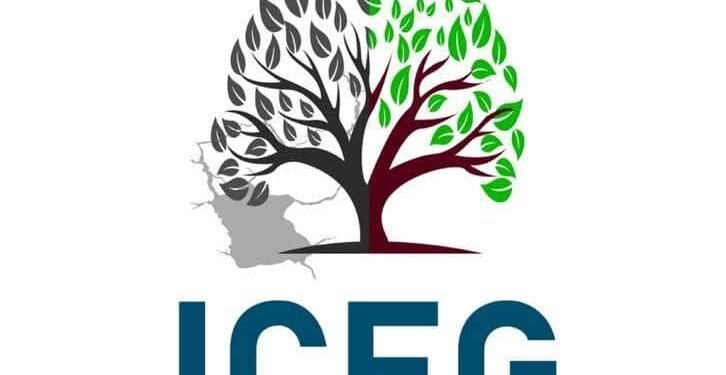The profitability of Ghana’s banking sector is set to decline sharply as the effects of lower interest rates begin to take hold, according to a new assessment by Fitch Ratings.
The credit rating agency noted that while the overall profitability of Ghanaian banks will remain strong compared to regional peers, the impact of reduced net interest margins (NIMs) will significantly weaken earnings in the near term.
Fitch Ratings stated that the reduction in interest rates, following several policy rate cuts by the Bank of Ghana (BoG), is expected to compress banks’ net interest margins — the key measure of profitability for financial institutions.
“The profitability of Ghanaian banks is set to weaken considerably due to materially lower interest rates impacting net interest margins,” the agency said in its latest sector report.
This margin compression comes after years of high-yield conditions, during which banks enjoyed substantial returns on government securities and loans. The shift now marks a new phase in Ghana’s financial landscape, as the central bank pursues monetary easing to support broader economic recovery and sustain low inflation levels.
BoG’s Aggressive Rate Cuts and Their Effects
The Bank of Ghana’s policy direction in 2025 has been characterized by aggressive rate reductions. In September 2025, the central bank cut the Monetary Policy Rate (MPR) by 350 basis points to 21.5%, following an earlier 300 basis points cut in July.
This cumulative 650-basis-point drop over the year represents one of the most significant easing cycles in recent memory, designed to lower borrowing costs and stimulate private-sector credit growth.
Fitch noted that these cuts were made possible by a favorable macroeconomic backdrop. Headline inflation declined to 9.4% in September 2025 — the lowest in four years — from 11.5% in August. The disinflation, the report explained, was supported by the BoG’s earlier tight monetary stance, the strengthening of the Ghanaian cedi, improvements in food supply, and sustained fiscal consolidation efforts by the government.
While these developments signal macroeconomic stability, the downside for banks is clear: lower rates mean reduced income from loans and investment securities, which make up a large share of their earnings.
Money Market Yields Fall Sharply
The ripple effects of the BoG’s rate cuts have been most evident in the money market. According to Fitch, the 91-day Treasury bill yield fell drastically from 25.1% in September 2024 to just 10.2% in September 2025. This decline, the agency explained, reflects excess liquidity in the financial system and reduced government cash financing needs.
Yields on open-market operation (OMO) instruments issued by the BoG — which represent a significant portion of banking sector securities holdings — have also declined. Because these instruments are closely aligned with the policy rate, their yields have dropped in tandem with the MPR, further eroding interest income for banks.
Fitch expects money market yields to rise modestly in the short term as markets adjust to the new conditions. However, it anticipates that OMO yields will continue to trend downward, keeping overall investment income subdued.
Profitability to Remain Strong by Regional Standards
Despite the expected decline in earnings, Fitch Ratings emphasized that Ghanaian banks’ profitability will still remain relatively high compared to peers in sub-Saharan Africa. This resilience, the agency noted, stems from Ghanaian banks’ traditionally wide lending spreads, efficient cost structures, and strong franchise positions.
The agency added that while lower NIMs will hurt income, the normalization of interest rates is beneficial for the broader economy. Lower rates reduce the government’s debt servicing burden, ease borrowing costs for businesses, and support sustained economic growth — all of which could eventually enhance banks’ asset quality and lending volumes.
Fitch also highlighted that banks are likely to compensate for reduced margins by improving efficiency, expanding non-interest income sources, and leveraging digital channels to reduce operating costs.
A Turning Point for the Banking Sector
The ongoing shift toward a low-interest-rate environment marks a major transition for Ghana’s banking sector. In previous years, banks reaped substantial profits from government securities due to high yields and limited lending opportunities amid economic volatility.
However, with the macroeconomic environment stabilizing and rates normalizing, the banking model is evolving. Institutions will now need to rely more on traditional banking activities such as lending to the private sector and providing innovative financial services, rather than depending heavily on government paper for returns.
Fitch’s outlook suggests that while this transition may be painful in the short term, it is a necessary adjustment for sustainable growth.
Meanwhile, Fitch expects inflation to moderate further, averaging around 8% in 2026. This could prompt additional rate cuts from the Bank of Ghana, putting further downward pressure on interest income. However, the broader impact is likely to be positive, as lower inflation and reduced borrowing costs support business expansion and long-term financial stability.
The report concludes that Ghanaian banks are well-positioned to weather the profitability squeeze due to their strong capitalization, robust liquidity, and prudent risk management. Nonetheless, the sector will have to adapt swiftly to maintain growth in a new era of lower























